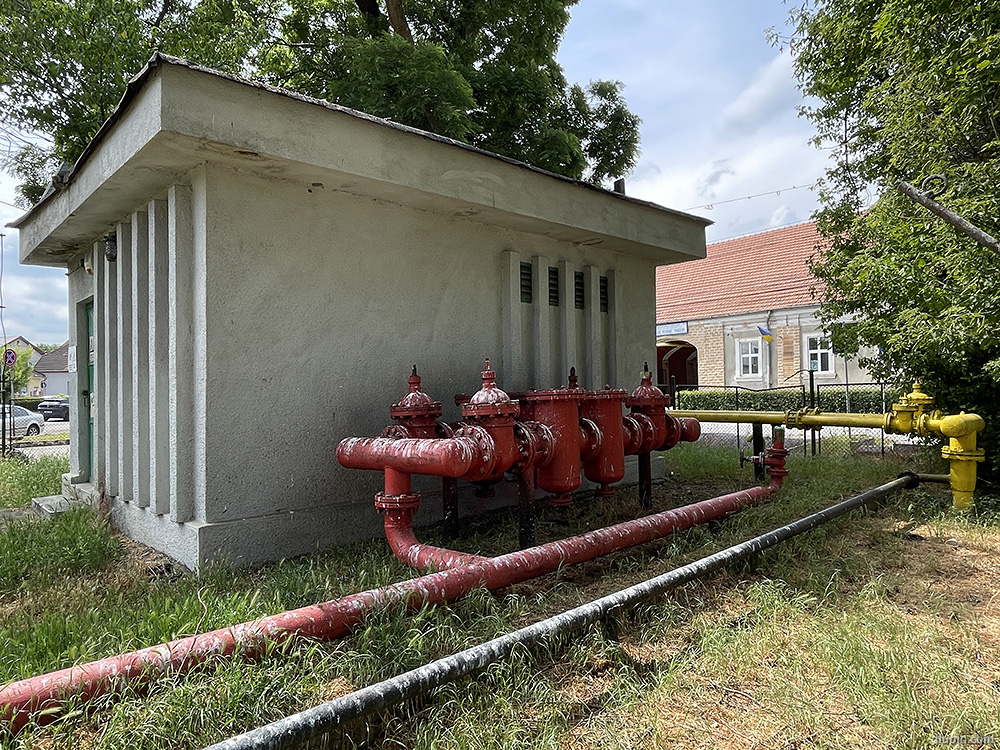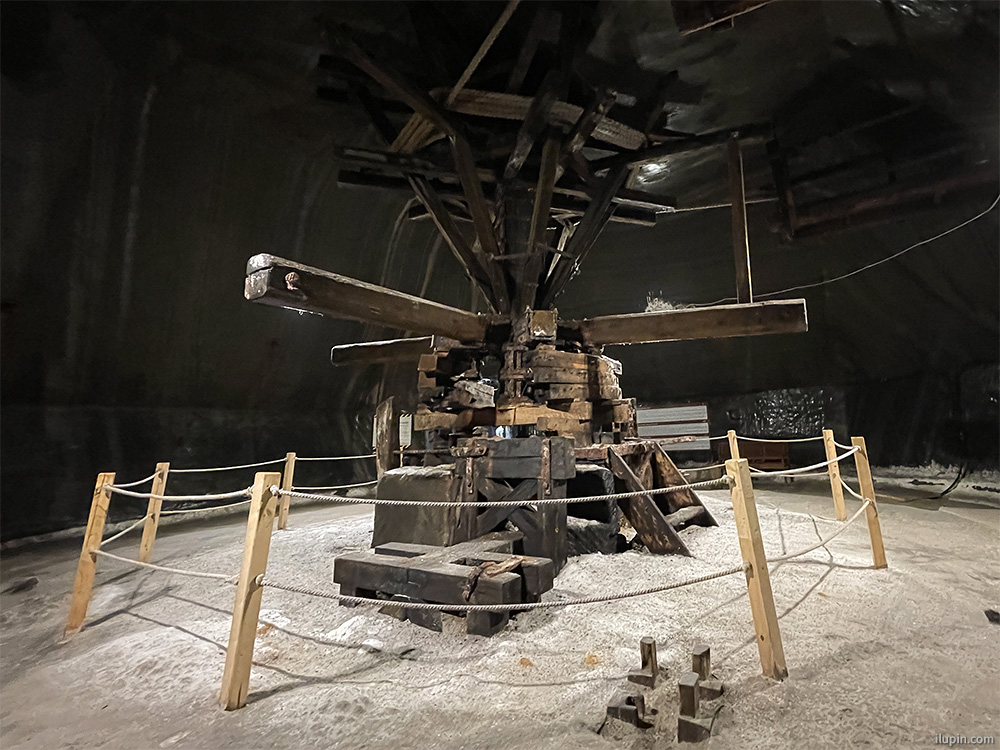Skip to content
- Good morning in Cluj-Napoca. Neo-baroque Hotel Continental.

- A rally in Union Square in support of the nationwide strike of education workers.

- Not only teachers, but also students and their parents are participating in the protest.

- Hungarian King Matthias Corvinus (was born in Cluj, but had quarrels with its rebels and impaled some) near the St. Michael’s Church.

- Porcelain St. George is a funny copy of the 1373 bronze statue of the Cluj brothers, installed in Cluj, Budapest and Prague.

- Obelisk in honour of the visit of Francis I (aka Francis II) and his wife Caroline Augusta, who toured the provinces of the Austrian Empire in 1817.

- Lights, camera, action!

- Memorial to the 18,000 Jewish men, women and children deported from Cluj to Auschwitz in 1944.

- Pharmacy on the corner.

- Already familiar Michael the Brave and a giant poster for Imagine Dragons, who collect halls, not lands (even better).

- About half an hour’s drive from Cluj is the town of Turda and its famous salt mine. That’s not it yet.

- Reformed Church on the road to the mine.

- A picturesque wall near the old entrance to the mine.

- Old tunnel to Salina Turda (about 600 m). Twice as long as the new one, but still saves a lot of time and effort.

- Balcony over the bell-shaped Joseph hall (laid a year before his birth). The echo here repeats high-pitched sounds up to 20 times.

- Infernal machine of 1881. In the light of torches, 4-8 horses turned the arms, lifting bags of salt. Went blind in two weeks, retired in six months.

- Would you please pass the salt?

- Rudolf main hall is 42 m high, but the only elevator can accommodate no more than 7 people. If you don’t wanna wait, go tramp on the stairs.

- The thousand-year-old mine was closed in 1932 as unprofitable, until in 2010, for a mere six mil, they turned it into a cultural leisure centre.

- Underground lake in Theresa mine (to the left of the main hall).

- If you go down to the lake and lift your head up, you can see the elevator shaft in a beautiful frame. Theresa mine is 112 m high.

- “Ice” on structures is salt deposits, virtually all surfaces here are covered with them.

- Outside view.

- Back to the main hall in time to ride the ferries wheel.

- The ceiling gallery is not for the fainthearted (view from the ferries wheel below).

- Salty stalactites.

- At five, everyone is asked to leave. It can be tempting to discreetly lick the corridor wall (but it’s better not to).

- Ceramic insulators do not look that appetising, I admit it.

- Back to Cluj. Gothic St. Michael’s Church of the 14th century managed to be Lutheran, Calvinist and Unitarian, now it’s Catholic again.

- A good animator with an interesting program.































